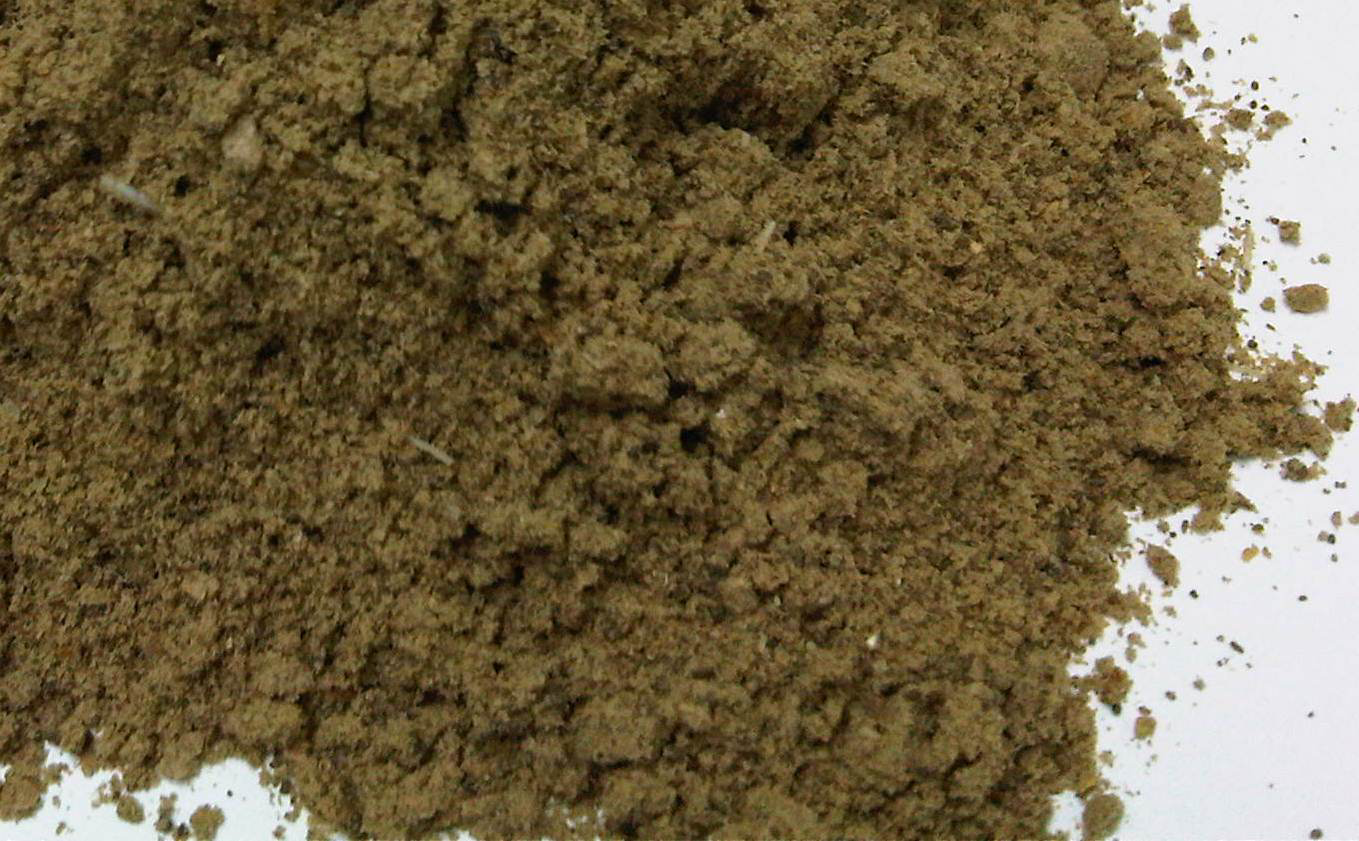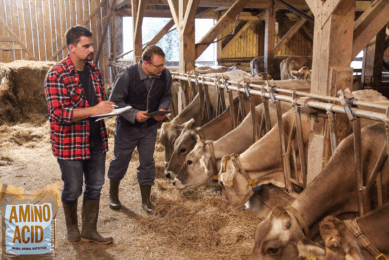Salmon protein hydrolysate for piglets

Researchers from the Aarhus University in Denmark studied whether piglets respond differently to salmon protein hydrolysate compared to fishmeal in their diets.
The use of highly digestible and palatable feedstuffs is important in diets for young pigs. Especially the challenge of handling diarrhoea problems after weaning have focused on minimizing the level of dietary crude protein (CP) and the amount of undigested crude protein.
The Aarhus University in Denmark studied a salmon protein hydrolysate for piglets. The salmon protein hydrolysate (SPH) (H-pro, Hordafor DK, Aabybro, Denmark) used in this study was in the form of concentrated salmon silage produced by acid hydrolysis of salmon protein.
Salmon protein hydrolysate (SPH) is made from fresh by-products from farmed salmon that are minced and acidified to hydrolyse proteins into peptides and free amino acids. The objective of this study was to evaluate SPH in young pigs compared to soy protein concentrate (SPC), fish meal (FM) and combinations hereof. Five diets were composed, all fulfilling the nutrient recommendations for young pigs. All diets contained 172 g soy bean meal/kg.
One diet was supplemented with 123 g SPH/kg, and equivalent protein was supplied as SPC or FM in two other diets. Two diets were composed by combining half the amount of SPH and SPC or half the amount of SPH and FM. One week after weaning, one hundred individually housed pigs were allocated to one of five diets (n = 20) and fed ad libitum for four weeks.
Pigs fed the SPH and SPH + FM diets ate 12–14% more (P<0.05) than pigs fed the spc diet, but the results on gain and feed utilisation was not significantly different among treatments. no differences were observed in faeces characteristics when scored by visual judgment during two 5-d periods. in conclusion, pigs responded equally to diets containing sph and fm, and sph resulted in greater feed intake than spc.>
This study has been published in Animal Feed Science and Technology, volume 177.











